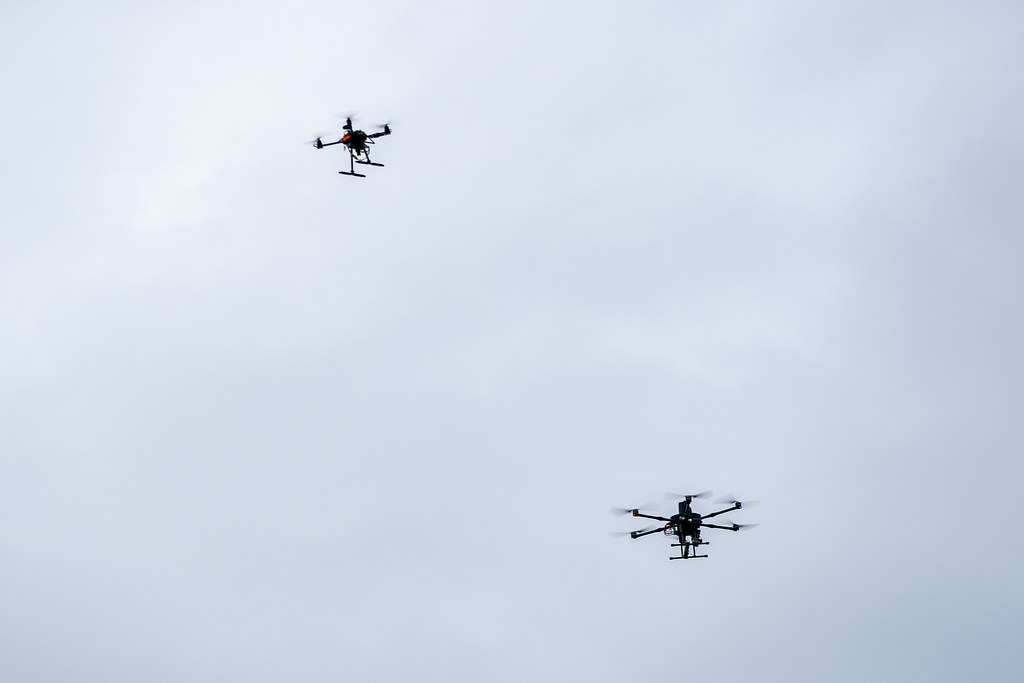
“Closest to open war since World War II.” Those are the words of Polish Prime Minister Donald Tusk that encapsulated a night when NATO fighter aircraft intercepted several Russian drones over Poland one which has shaken Europe’s security elite. It was the first time NATO has deployed force in this conflict, and it revealed both the strengths and weaknesses of the defenses of NATO.
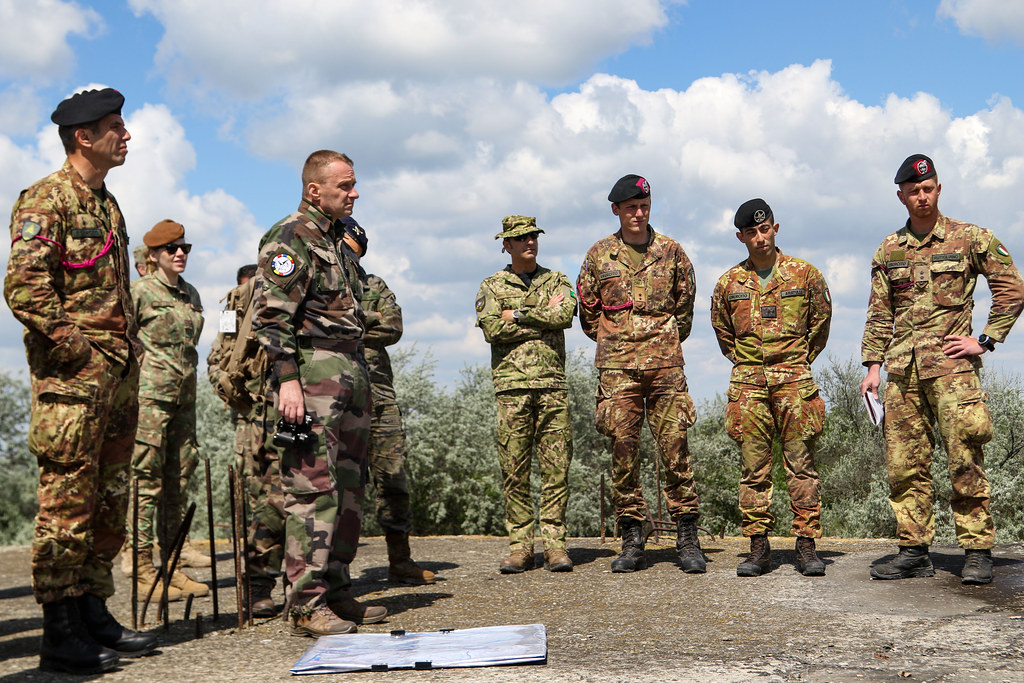
The event, which has coincided with major Russian-Belarusian war games, has evoked controversy among military strategists, policymakers, and defense technologists. Was this an intentional penetration of NATO’s Eastern frontier or an accident magnified by electronic warfare? And most importantly, what does it tell us about the future of aerial threat, alliance preparedness, and the changing arms race in drone technology?
This listicle condenses seven essential takeaways from the confrontation, mixing operational facts, strategic background, and technological hurdles that will guide NATO’s next steps.
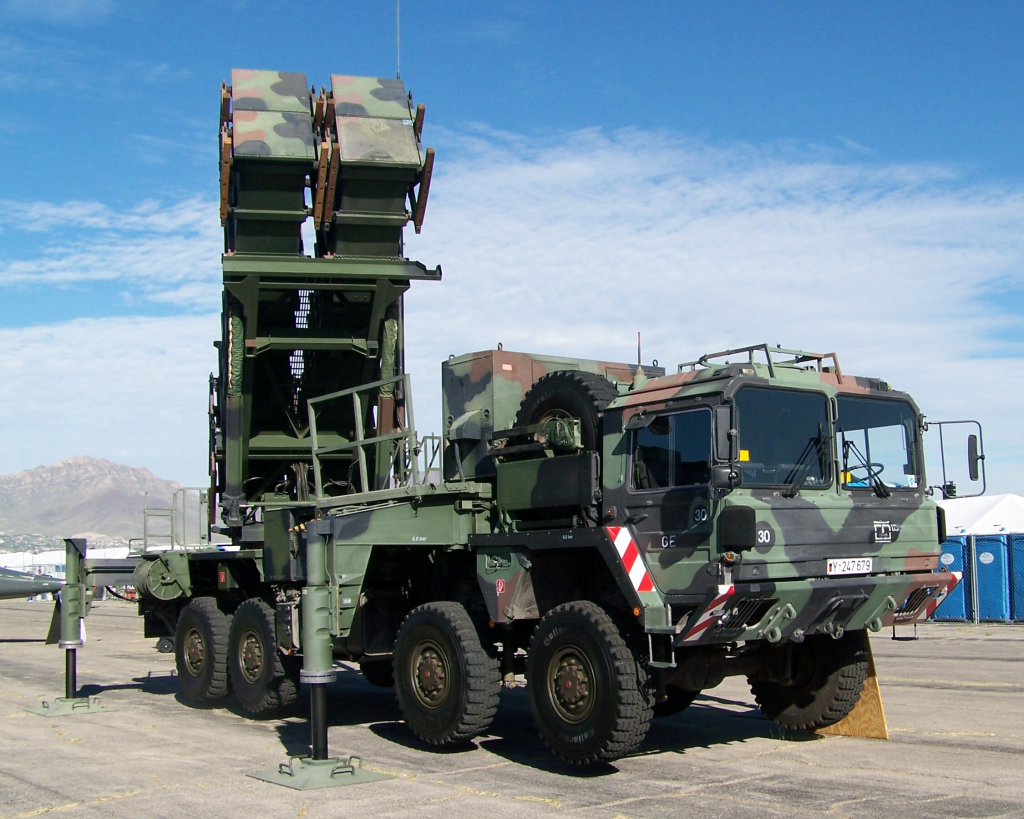
1. First Combat Use of NATO Force in the War
The shootdown of 16 Russian drones in Polish airspace was NATO’s first direct application of force since the war erupted. Polish and Dutch fighter jets carried out the intercepts, assisted by Italian early warning planes, German Patriot missiles, and a NATO refueling aircraft. NATO Secretary General Mark Rutte described the operation as “very successful” and emphasized the alliance’s preparedness to defend “every inch” of its borders. Debris was spread out over hundreds of square miles, with at least two Geran-2 drones copies of Iranian Shahed designs recovered. The incident led Poland to invoke Article 4, triggering consultations on collective defense, highlighting the gravity of what officials referred to as an “unprecedented violation” of European airspace.
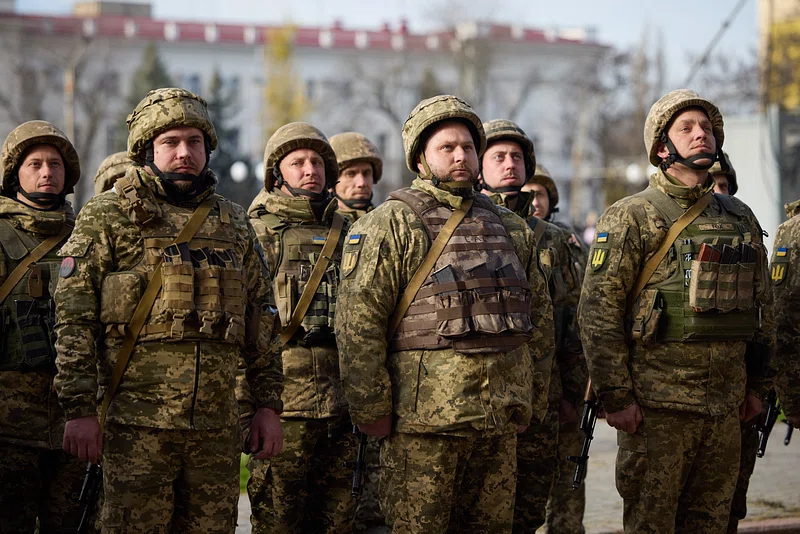
2. Was It a Deliberate Probe or Expensive Mishap?
Western intelligence is still split over whether the incursion was planned. Some experts cite the flight patterns of the drones and the presence of unarmed decoys as evidence of a probe to test the reaction time of NATO. Others point out that Ukrainian electronic warfare might have blown them off course, making a convincing accident. The sheer volume 19 violations begs the idea of random mistake, Polish officials say. As Russian military technology analyst Samuel Bendett has noted, Russia might have been “intentional to make it look unintentional,” probing defenses while preserving deniability.
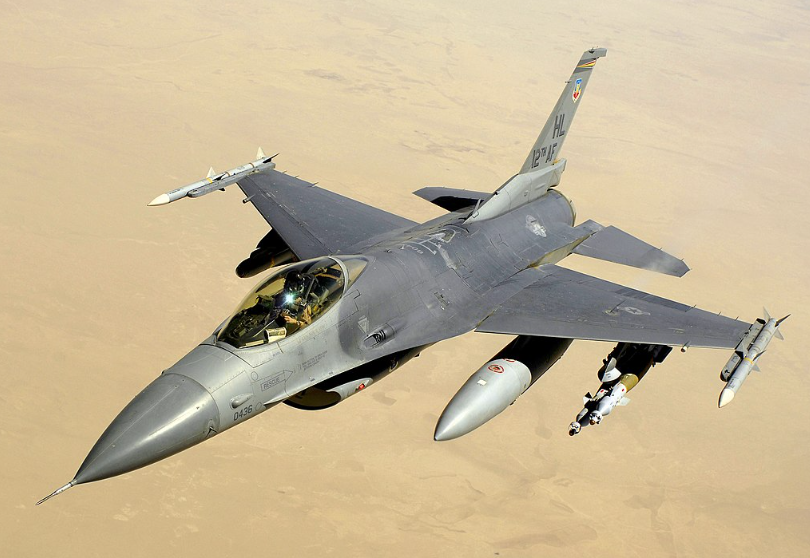
3. The Cost Asymmetry Problem
The confrontation illuminated a glaring mismatch NATO mobilized multimillion-dollar F-16 and F-35 aircraft to match drones that cost about $10,000 each. Robert Tollast of the Royal United Services Institute cautioned that “the cost asymmetry doesn’t work” for prolonged defense. Although NATO was able to intercept the drones, such expensive responses are untenable against large-scale, low-cost aerial threats. This event echoes Israel’s billion-dollar defense of a massive Iranian missile and drone attack earlier this year, highlighting the necessity for less expensive countermeasures.
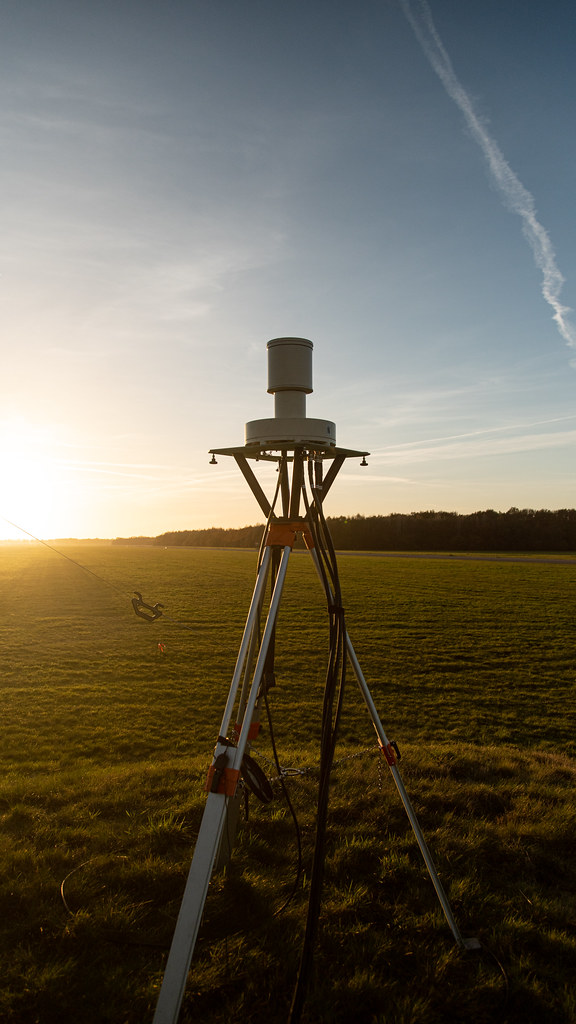
4. Weaknesses in NATO’s Drone Detection
Estonian Defense Minister Hanno Pevkur conceded that “most of the drones were not detected” before reaching Poland, revealing a genuine weakness in NATO’s monitoring. Low-flying, slow-moving drones constructed of wood or polystyrene can be difficult to detect for radar set to intercept high-speed metal missiles. This weakness is not limited to Poland alone this has happened in Romania, Moldova, Lithuania, and Latvia as well. The problem is increased by drones that are fired from within the borders of a nation, which outsmart conventional detection systems. Military leaders emphasize a multi-layered response, combining sensors, electronic warfare, and low-cost interceptors.
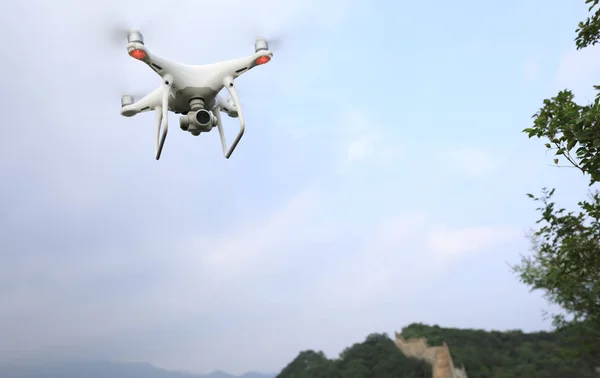
5. The ‘Drone Wall’ Concept Gains Momentum
Baltic states and EU policymakers are bandying about the notion of a “drone wall” a multi-tiered network of sensors and intercepts along the eastern edge. Supporters such as Johannes Pinl of MARSS say that the kind of systems could already protect vast tracts of Poland’s border if procurement was quicker. Yet NATO acquisition cycles continue to be sluggish, taking years to fund technology already tried and tested in Ukraine. As Pevkur warned, “Drones are not mosquitoes,” and basic electronic barriers will not do the wall needs to integrate physical interceptors, jamming units, and fast-response units.
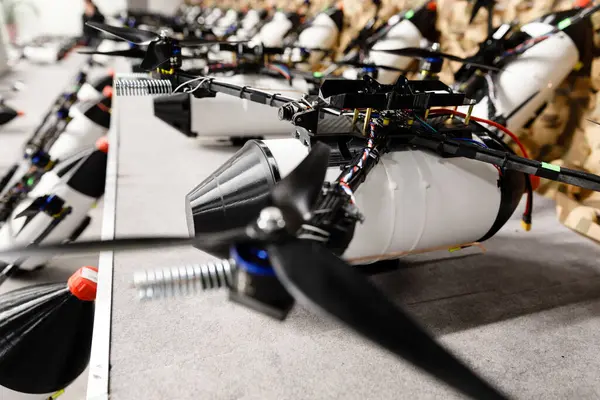
6. Industrial and Technological Race
The Ukrainian war has sped up defense innovation, as startups such as Tekever, Origin Robotics, and Frankenburg Technologies produce new interceptor and surveillance drones. Latvia’s BEAK and BLAZE systems, originally tested in Ukraine, are now entering NATO stores. However, as Nammo CEO Morten Brandtzaeg cautioned, Europe is “just in the beginning of the beginning” to ramp up production. Russia’s capacity is prodigious, churning out 5,500 drones monthly, including lower-cost Gerbera variants. Keeping pace will mean NATO must adopt “semi-wartime thinking” and simplify cooperation between governments, militaries, and industry.
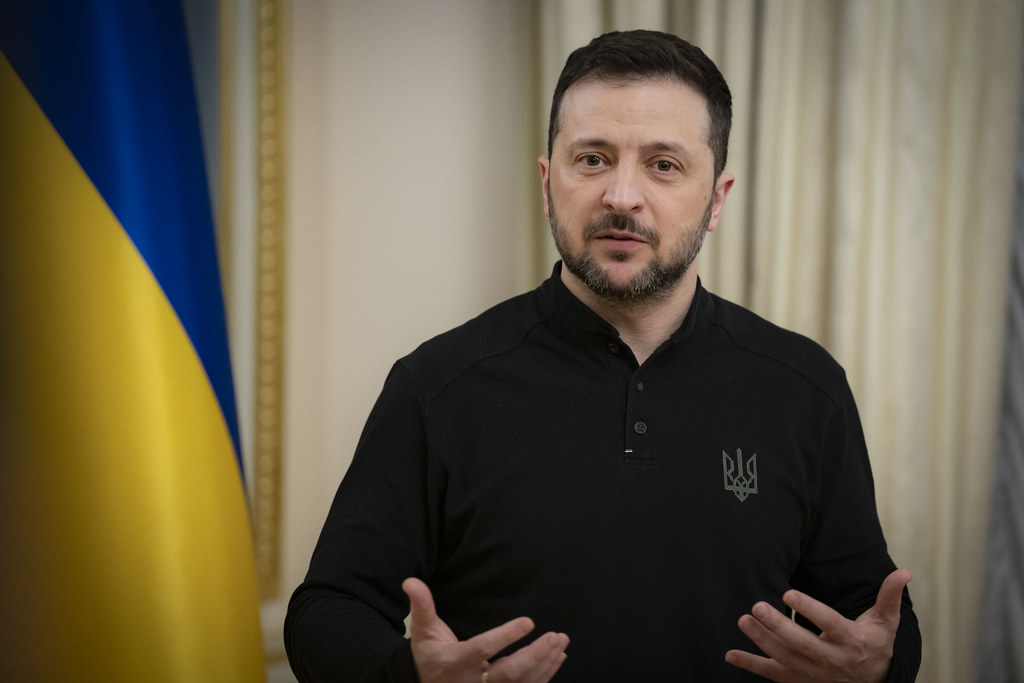
7. Strategic Stakes for NATO’s Credibility
In addition to technical takeaways, the incident tests NATO’s deterrence posture. Pundits caution that if Moscow senses indecision, it may ratchet up higher with greater drone strikes or hybrid provocations below Article 5 triggering levels. Ukrainian President Volodymyr Zelensky has called for a common European air defense system to build “an effective air shield over Europe.” Indecision risks discrediting the alliance’s foundational commitment to collective defense, a tenet already put to the test by Russia’s ongoing Ukraine war and willingness to use gray-zone tactics.
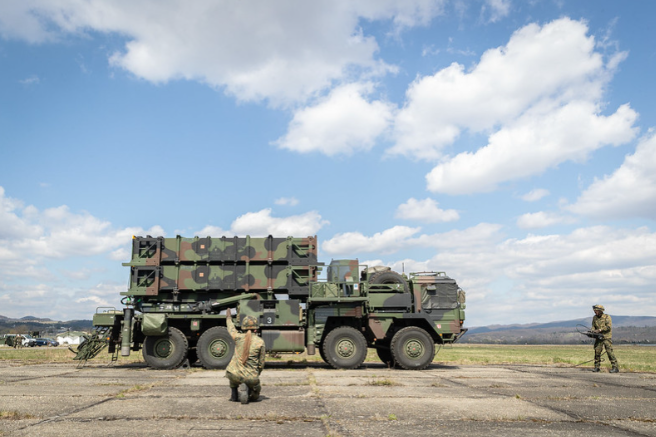
The incursion of the drone into Poland was more than a violation of airspace it was a stress test of NATO’s preparedness, technology, and will. It put in evidence vulnerabilities in detection, put a light on unsustainable cost dynamics, and emphasized the imperative of industrial adaptation. Whether intentional or not, the incident promises that the days of low-cost, high-impact air threats are here to stay. For NATO, the task is evident learn rapidly, invest smartly, and move decisively to make its eastern border secure against the next provocation.

